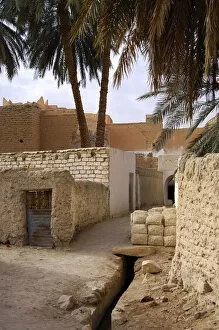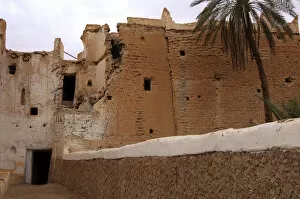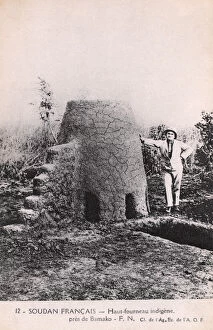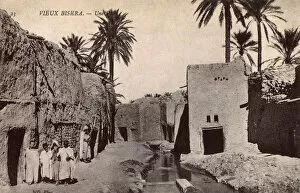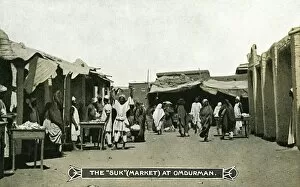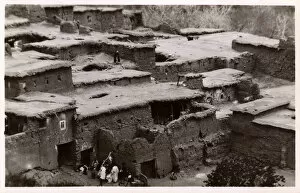Mudbrick Collection (#4)
"Mudbrick: A Timeless Building Technique Spanning Continents and Centuries" From the ancient settlement of Catal Huyuk in Anatolia, Turkey, dating back to 6500 BC
For sale as Licensed Images
Choose your image, Select your licence and Download the media
"Mudbrick: A Timeless Building Technique Spanning Continents and Centuries" From the ancient settlement of Catal Huyuk in Anatolia, Turkey, dating back to 6500 BC, to the village streets near Aleppo in Syria, it has been a fundamental building material. Its enduring presence can be witnessed in San'a, Yemen's architectural marvels and the grain bins crafted by men of the Luwo tribe along the Bahr-el-Ghazal (Sea of Gazelles) region. Across Africa, Libyan traders' houses at Zinder in Niger stand as a testament to mudbrick's versatility and durability. Even across oceans, this age-old technique found its way into New Mexico during 1942 when John Collier captured images of villages like Placita and Trampas nestled amidst breathtaking landscapes. In Placita near Penasco and Taos County, New Mexico, Collier's lens showcased mudbrick structures blending harmoniously with nature. The Plaza of Costilla near Colorado line further exemplified how mudbrick buildings seamlessly integrated into their surroundings. Not limited to residential spaces alone, even general stores like Chacon's establishment became part of New Mexico's rich history through their use of mudbricks. In Trampas village within Taos County lies another Spanish-American gem built with these time-honored bricks. Mudbrick stands as an embodiment of human ingenuity throughout history - from ancient civilizations shaping entire settlements to modern-day communities preserving cultural heritage. Its resilience against time is evident as it continues to grace diverse landscapes worldwide while offering sustainable solutions for construction that connect us all through shared traditions and craftsmanship.

